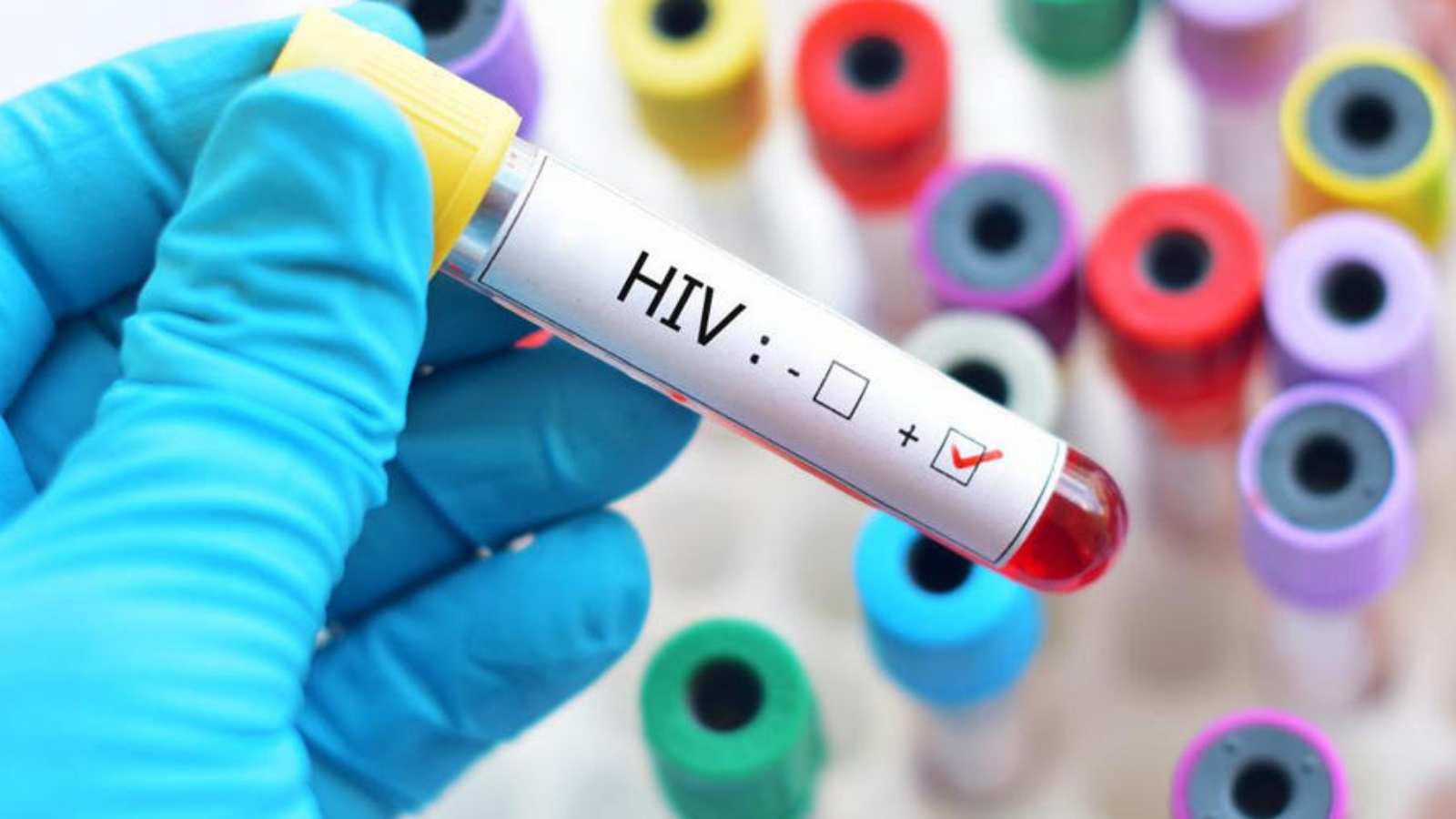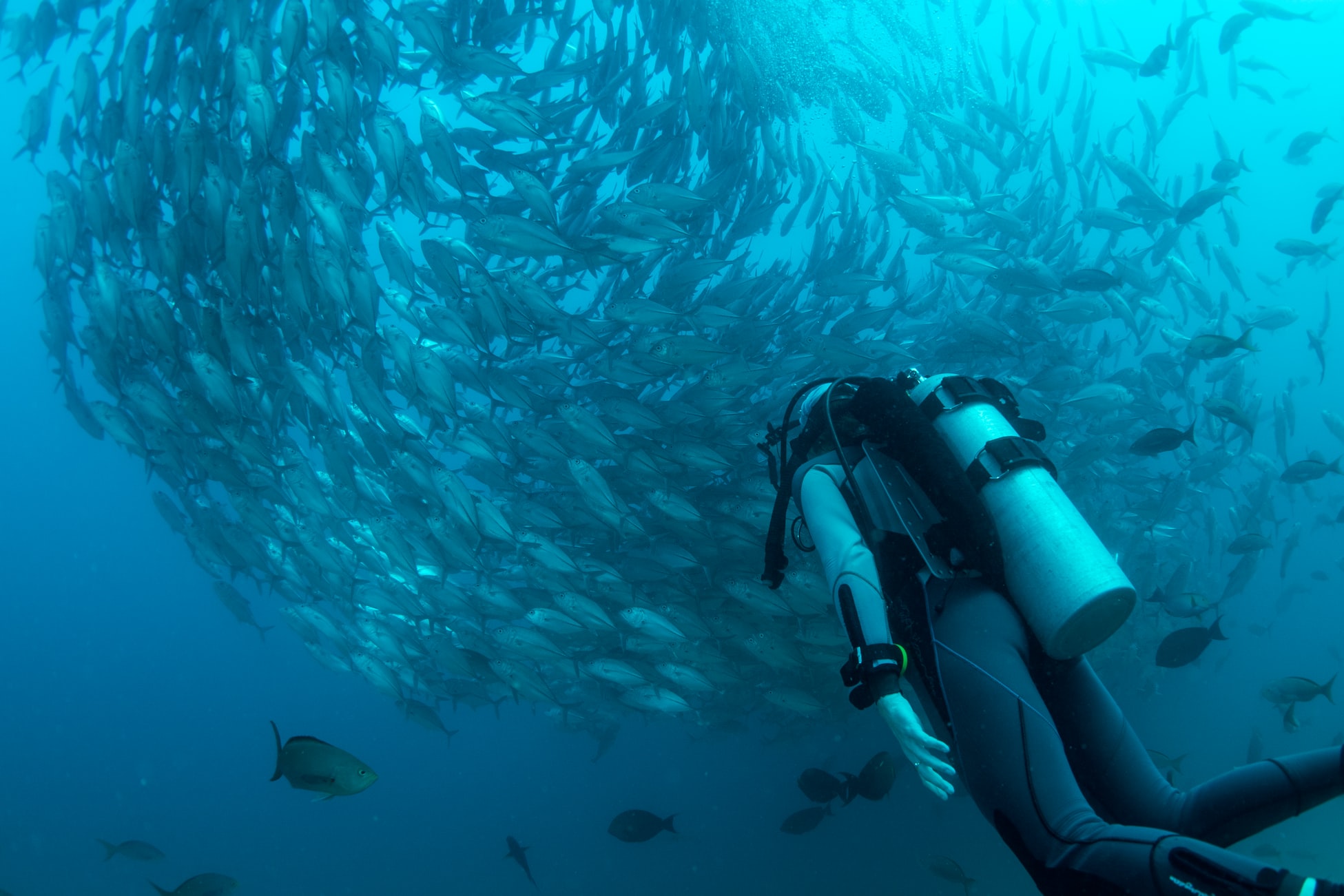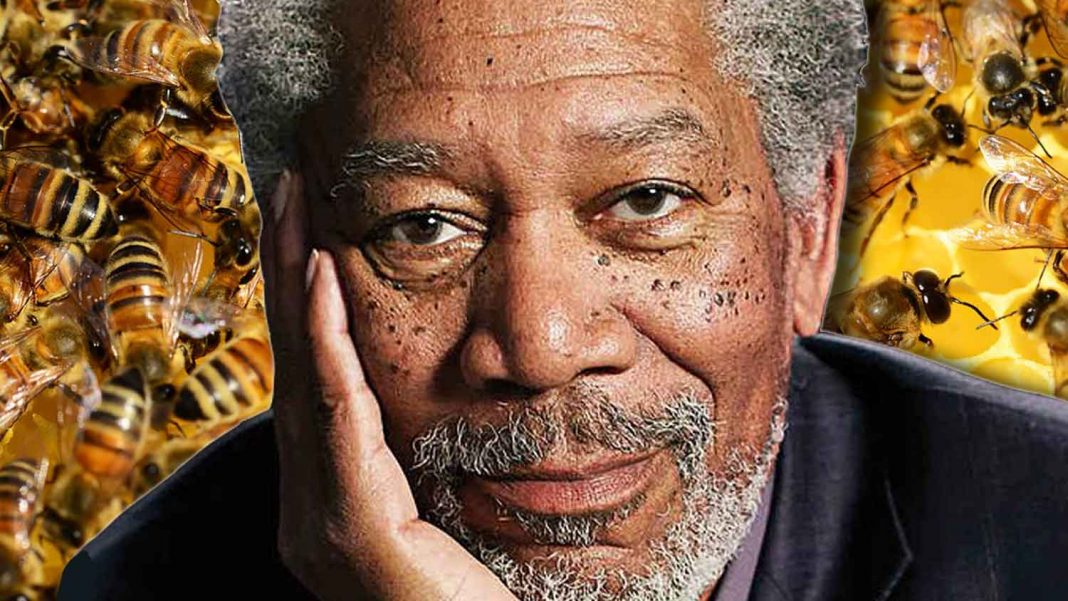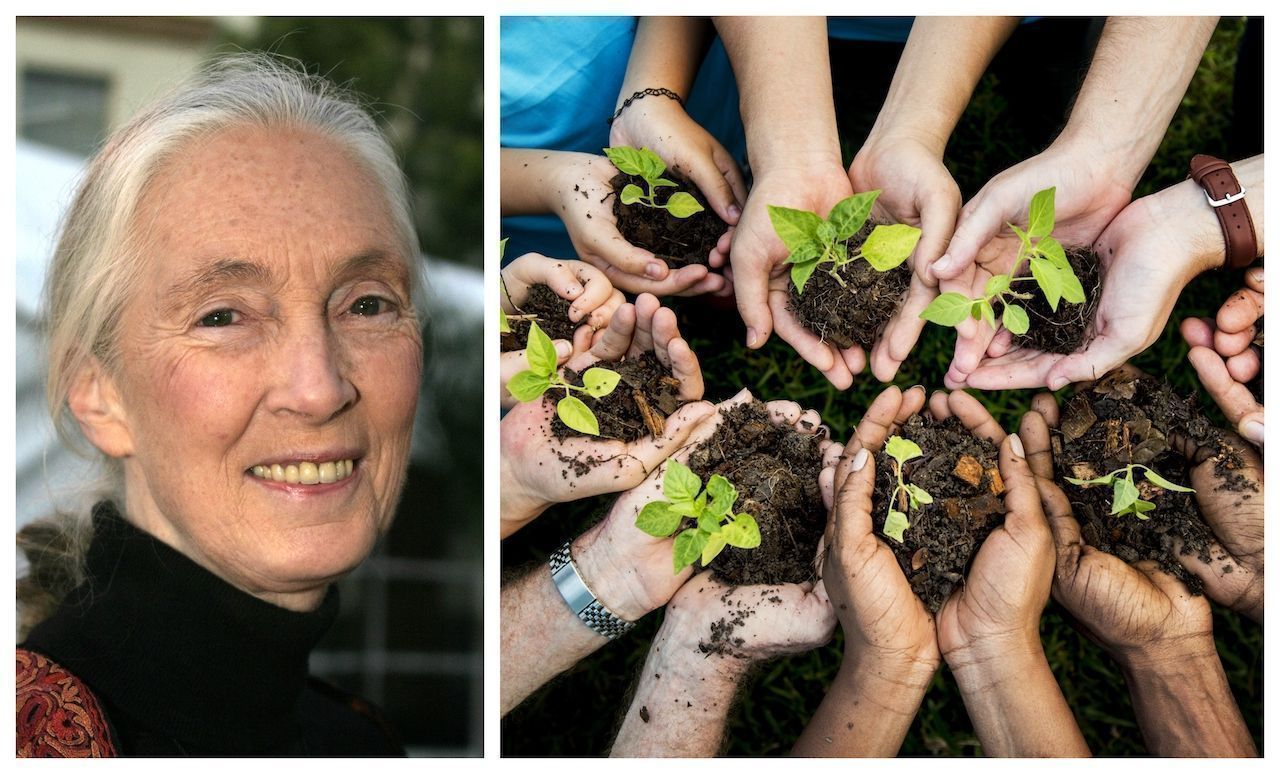Peruvian-Japanese Scientist Cleaned Up Lake by Himself
Peruvian-Japanese Scientist Cleaned Up Lake by Himself
Cascajo Wetlands is home to migratory birds of different species and a place of peace and relaxation. However, this pristine landscape of lakes and meadows is on the brink of complete and devastating collapse. The land is polluted and the lake is poisoned.
Peruvian-Japanese scientist Marino Morikawa felt saddened of what happened to the lake especially because it had become a big part of his childhood. He and his family used to go fishing, observe flocks of birds, flamingos and even go to swim in the lake. That is why when his father told him that Cascajo Wetlands were contaminated, Marino knew he had to do something.

Cascajo Wetlands
20 years have passed since his last visit in the area and he discovered foul-smelling waters in a critical stage of decay. It used to be a huge 150 hectare of wetland but now diminished to a mere 40 hectares. He detected illegal landfills and breeding of pigs, cattle, and sheep that had badly contaminated the water. Also, water lettuce contributed to the putrefaction and stench of El Cascajo since it fully covers the surface of the water, preventing light and oxygen from reaching the depths of the wetlands.

The authorities have given up salvaging the wetlands but Marino did not.
The authorities had given up salvaging the wetlands but Marino did not. His family is friends with the mayor of the city the set up a meeting to immediately inform him of the goal of his project. The mayor agreed but thought it was impossible for one man to save the wetlands alone.

Marino raised money from Japan since he wasn't able to get funds in Peru.
Marino raised money from Japan since he wasn't able to get funds in Peru. When he returned, he started off by camping in the wetlands for three days to identify the sources of contamination. Afterward, he went back to Japan to develop adequate technology in the well-equipped laboratories of Tsukuba University. Since he had focused on nanotechnology and chemistry during his studies, he decided to deploy two nanotechnology methods in El Cascajo: a micro-nano bubbling system and a biofilter.

Micro-nano bubbling system
The micro-nano bubbling system consists of introducing microbubbles in the depths of polluted waters that attract bacteria and polluted microorganisms. Once attracted by the magnet, the viruses and bacteria can’t move anymore and die. While biofilter attracts water bacteria and preserves the good species that contribute to micro-flora conservation and bioremediation.

It took him 6 months to develop a research and 4 months to decontaminate the entire wetlands.
It took him 6 months to develop a research and 4 months to decontaminate the entire wetland. At least 40 species of migratory birds have returned to El Cascajo Lake, and 10 fish species have come back to inhabit its waters. He was also able to raise awareness to the people of Peru. A lot of people were able to see his work and were inspired to help him with his project.
“If you take the first step, others will follow,” Marino said.
“In order to lead people, you must lead them with kindness and attempt to show encouragement and enthusiasm no matter what you are trying to accomplish.”
- Mel Kennedy







0 Comments